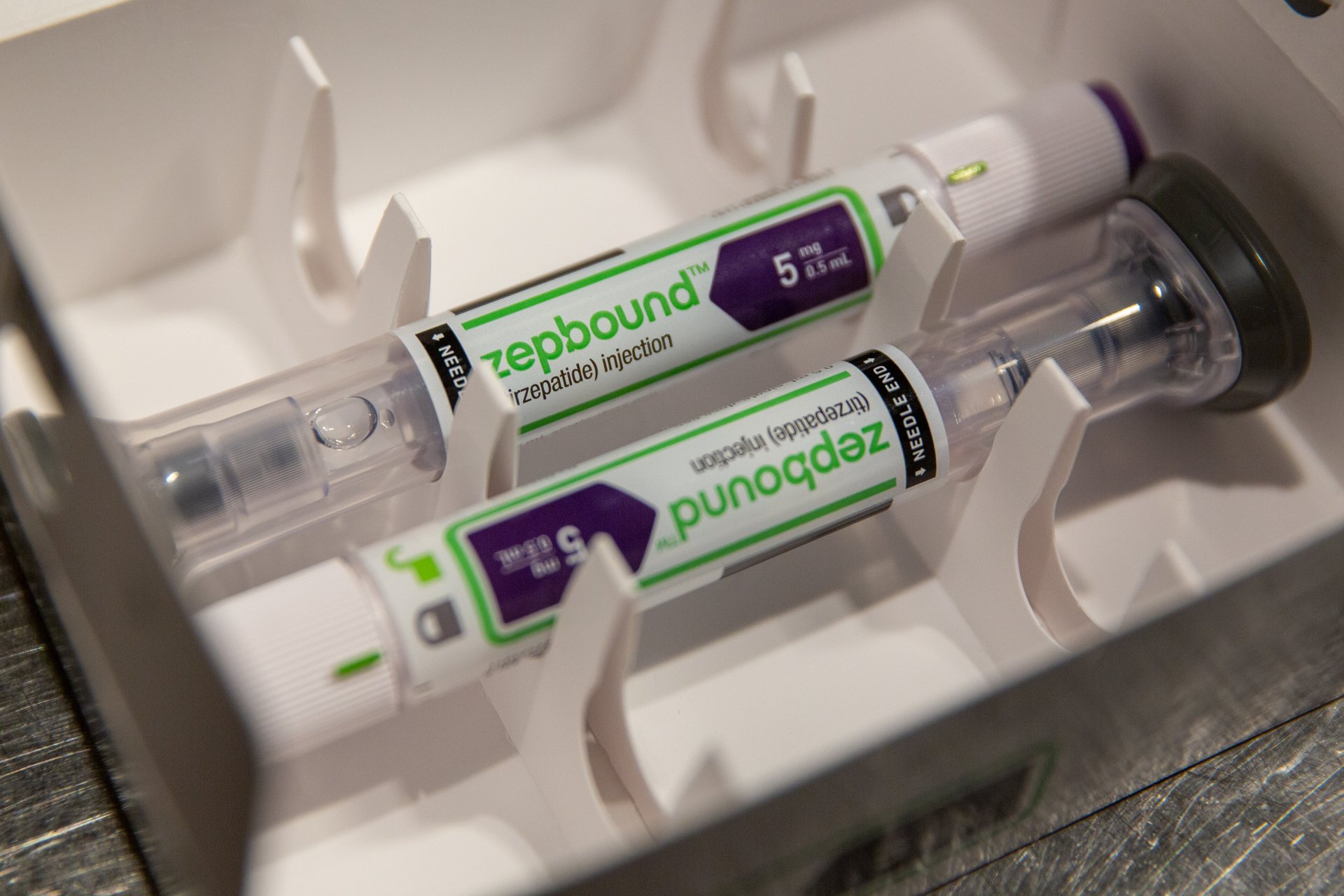Eli Lilly is spending billions on a new facility to make its popular weight loss drug Zepbound
The pharma giant announced a new $5.3 billion commitment, marking the largest manufacturing investment in its history

Pharma giant Eli Lilly said on Friday that it will pile $5.3 billion
Suggested Reading
The expansion of the new site will help the company produce more tirzepatide, the active ingredient in Eli Lilly’s diabetes and weight loss drugs Mounjaro and Zepbound.
Related Content
“Today’s announcement tops the largest manufacturing investment in our company’s history and, we believe, represents the single largest investment in synthetic medicine API manufacturing in U.S. history,” said Eli Lilly CEO David A. Ricks in a press release. “This multi-site campus will make our latest medicines, including Zepbound and Mounjaro, support pipeline growth and leverage the latest technology and automation for maximum efficiency, safety and quality control.”
The announcement comes as Eli Lilly has struggled to meet booming demand for its slimming medications.
The company’s revenue grew 26% year over year to $8.8 billion in the first quarter of 2024, driven primarily by Mounjaro and Zepbound. These drugs belong to the same class of medication as Ozempic and Wegovy, produced by the company’s rival Novo Nordisk.
Morgan Stanley analysts anticipate the global market for these weight loss drugs will reach $105 billion by 2030. The investment bank also expects the adoption of these treatments to reach about 31.5 million people in the U.S., about 9% of the nation’s population, by 2035.
At the same time, skyrocketing demand for GLP-1 medications has also made them harder to access. “Even if we take the combined supply of our [medications] and the competition, it’s not sufficient to meet the needs of 110 million Americans,” diabetes and obesity division president Patrik Jonsson told Quartz in an interview. Tirzepatide may not be a one-stop solution, either. It will likely take a GLP-1 pill to meet needs of the over 40% of American adults living with obesity, he added.
